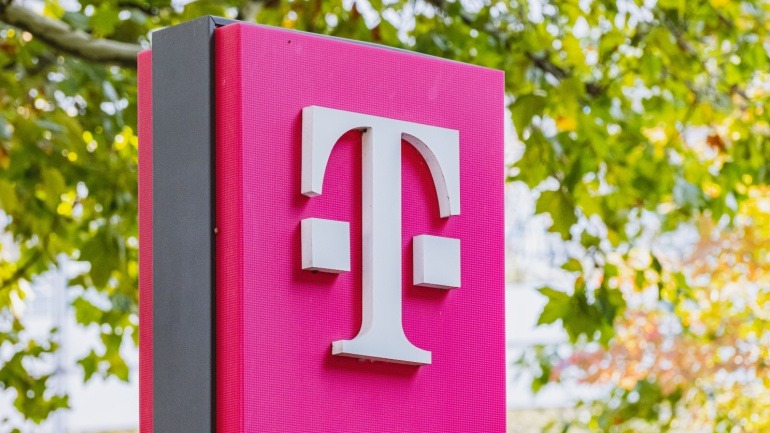T-Mobile US reported strong performance in Q2 2024, with notable additions of over 777,000 postpaid phone customers and 406,000 home internet users. These gains allowed the company to revise its full-year performance guidance upwards.
In total, T-Mobile US registered 1.3 million postpaid net customer additions, surpassing the 100 million postpaid customer mark. “It was another industry-leading quarter for T-Mobile as our continued focus on delivering customers more value and a superior network experience enabled us to outperform our peers in the marketplace and translated into outsized financial growth,” said CEO Mike Sievert.
Despite the positive metrics, some challenges emerged. The firm witnessed a slight uptick in churn rates from 0.77% to 0.8%. This increase was attributed to “rate plan optimizations” and a slowdown in the deactivation of lower-cost mobile internet devices procured during the Covid-19 pandemic for the educational sector. Additionally, the shutdown of the federal Affordable Connectivity Program is expected to impact the carrier financially by $350-$450 million in losses, primarily in its wholesale revenues.
T-Mobile’s operational strategy continued to evolve with significant investments. The company reported service revenue growth of 4%, with postpaid revenues climbing 7% to $12.9 billion. Quarterly profits rose to $2.9 billion, marking a 32% increase year-over-year. Furthermore, the carrier noted record-high free cash flow and executed $2.3 billion in stock repurchases, alongside a quarterly dividend payment of $759 million.
Prepaid services received a boost through the acquisition of the Mint Mobile brands, significantly contributing to a net increase of 179,000 new prepaid customers.
In the fiber sector, T-Mobile launched a second fiber-focused joint venture through the acquisition of Metronet in collaboration with KKR. Mike Sievert highlighted this as a strategic move: “This is a unique company and asset. They already reach over 2 million homes today, and with this partnership are expected to grow to 6.5 million homes passed by 2030.” He emphasized the importance of leveraging T-Mobile’s existing assets to accelerate growth in the fiber market through partnerships.
The firm also engaged in the Lumos joint venture, aiming to pass 3.5 million homes by 2028. Together with the Metronet venture, these projects are set to create a substantial fiber footprint.







